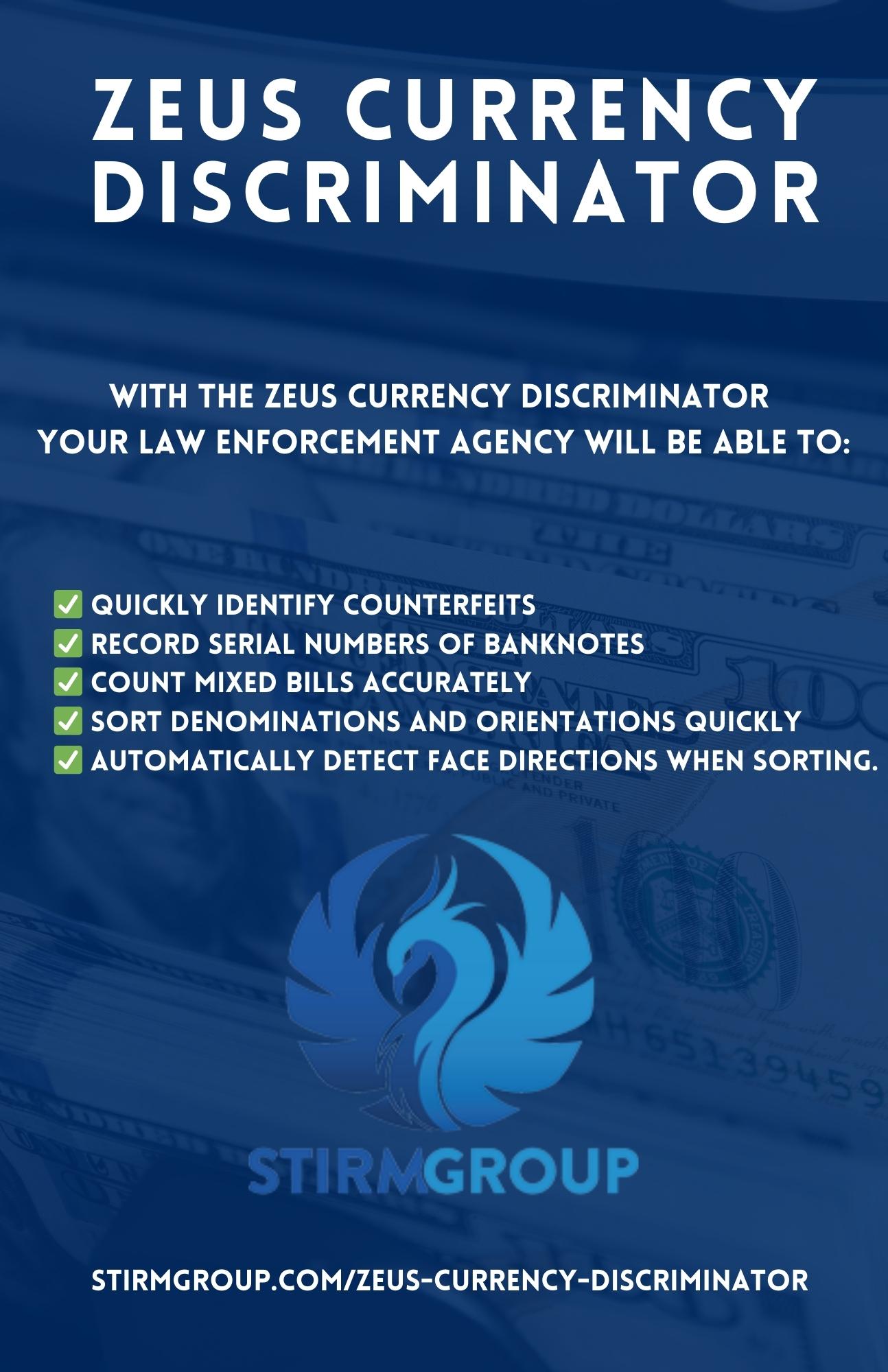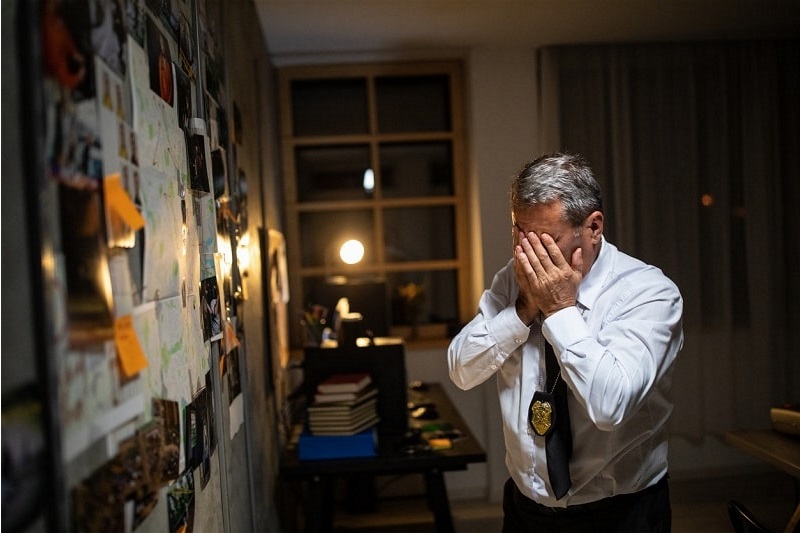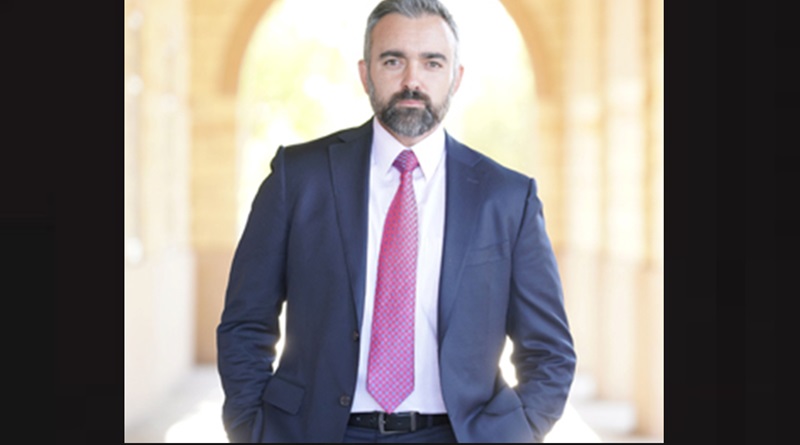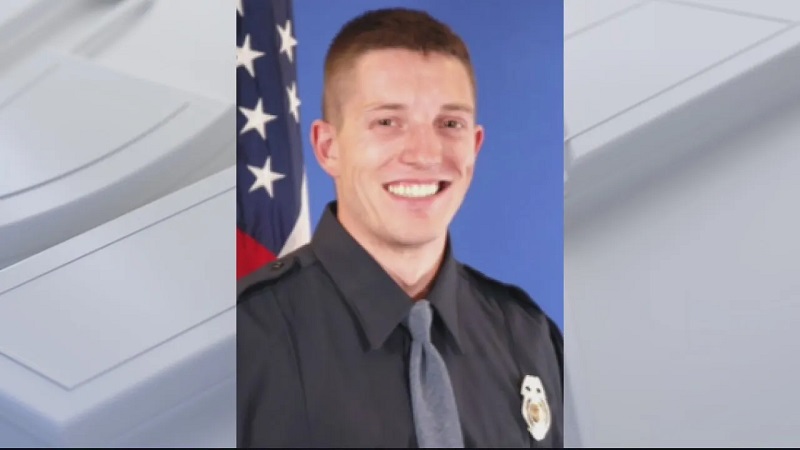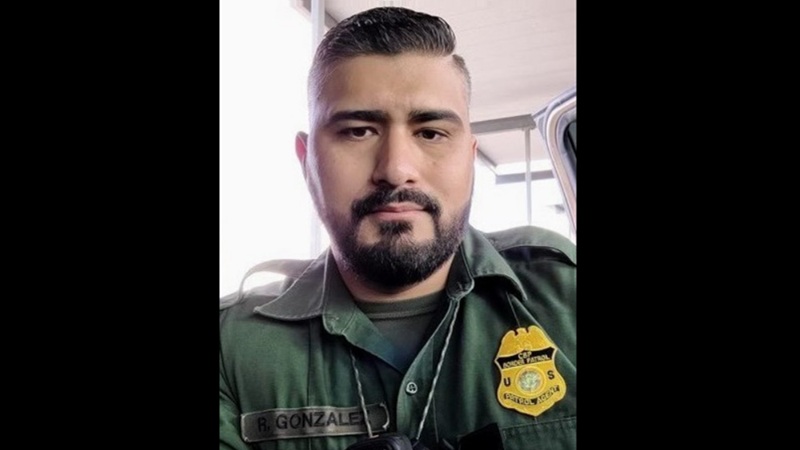
Like law enforcement in the USA, Canada’s police agencies are under scrutiny for actions during protests and demonstrations. Issues giving rise to our Canadian colleague’s contention with crowds include protests regarding Israel and Palestinians, environmental activism, homelessness, and cultural and political concerns among the native indigenous populations of Canada.
A paper from the law faculty at the University of Toronto states “Police shootings in June 2020 should dispel any complacency that Canada does not face similar policing problems as the United States, and a vicious circle of over-policing and under-protection plagues many intersecting disadvantaged groups. Multiple accountability measures — criminal investigations, Charter litigation, complaints, and discipline — have not improved Canadian policing. What is required is more active and proactive governance by the boards, councils, and ministers that are responsible for Canada’s police. Governance should respect law enforcement independence and discretion while rejecting overbroad claims of police operational independence and self-governance. Even before pandemic-related deficits, the costs of the public police were not sustainable — these budgets require fundamental change without expansion. Such change should include greater service delivery by more expert and cost-effective health, social service, and community agencies. Indigenous police services — unfortunately, Canada’s only chronically and unconstitutionally underfunded police services — can also play a positive role.”
Canada, like the U.S., was once a colony of England and did not fully gain separate nationhood until the 1980s, although they share His Majesty King Charles III as sovereign, and both are among the oldest parliamentary democracies on the globe.
In terms of the organization of police responsibilities, Canada’s 10 Provinces are roughly analogous to States on our side of the fence. The provinces of Ontario, Quebec, Newfoundland, and Labrador have their own provincial police, while most cities and towns also have their own force. Many First Nations (indigenous peoples), like our native American nations, have their own police agencies as well. Specialty agencies such as harbor police and transit police can be authorized with limited jurisdiction.
The gaps in police coverage are covered by Canada’s storied Royal Canadian Mounted Police, nearly 20,000 strong which is the the nation’s federal law enforcement agency. While the U.S. has no federal uniformed law enforcement agency with general authority (but nearly 100 specialty agencies including many uniformed forces), Canada has no national investigative agency like the US FBI, although the RCMP has investigative staff. National security matters are handled by the Canadian Security Intelligence Service.
As with the US, there are a variety of civil and special agencies for enforcement at various levels of government and special needs creating a long list of smaller agencies with accountability to an array of organizations.
The RCMP Mounties wear the traditional red uniforms and Stetson hats for formal occasions According to the RCMP website “Today’s day-to-day working uniform is practical, and conforms to the rigours of modern policing. It consists of a grey shirt, dark blue cargo pants, and versatile black boots. The uniform is designed to handle various roles an RCMP officer fulfills. The RCMP will soon modernize the duty uniform even further, with field testing currently carried out on a new navy-blue shirt.” Body-worn cameras completed field testing this year and will become standard for uniformed RCMP officers.
Most Canadian law enforcement are not allowed to carry a firearm off-duty without special authorization. Canada has no equivalent of our 2nd Amendment and has placed a national freeze on the sale of handguns since 2022, continuing an ongoing gun control effort. Restrictions on the use and transfer of a variety of firearms create a threat of legal trouble. Gun ownership is subject to registration much more broadly than in the USA. Much like gun control measures in the USA, critics of the Canadian measures are skeptical of any significant impact on violent crime related to guns, which is reported to have shown a significant statistical increase in the decade before the most recent restrictions.
US citizens are quick to assert their 1stAmendment rights to free speech. Canada has similar protections but has jailed citizens for speech that would be lawful in the US. According to noted Canadian journalist and commentator Tristin Hopper, “Unlike the Americans, there are a number of ways that you can go to jail in Canada simply because of something you said.”
Although public trust of police and police morale are both higher in Canada than they currently are in the US, and the laws and structure of policing vary, the red and blue share plenty of common ground and would be glad to share a shift together.


